LGBTQ+ filmmakers have shaped film history in every era, from classic Hollywood to today’s global cinema. Their stories have opened doors for actors, writers, and crews while expanding what audiences expect from the screen. Many have also built lasting collaborations that turned small projects into movements and introduced new ways of telling deeply personal stories.
This list highlights directors whose bodies of work changed the art form. You will find pioneers who navigated studio systems, iconoclasts who built underground scenes, and contemporary voices pushing boundaries across countries and genres. Each entry notes essential films, career milestones, and the concrete influence these directors have had on cinema and culture.
Pedro Almodóvar
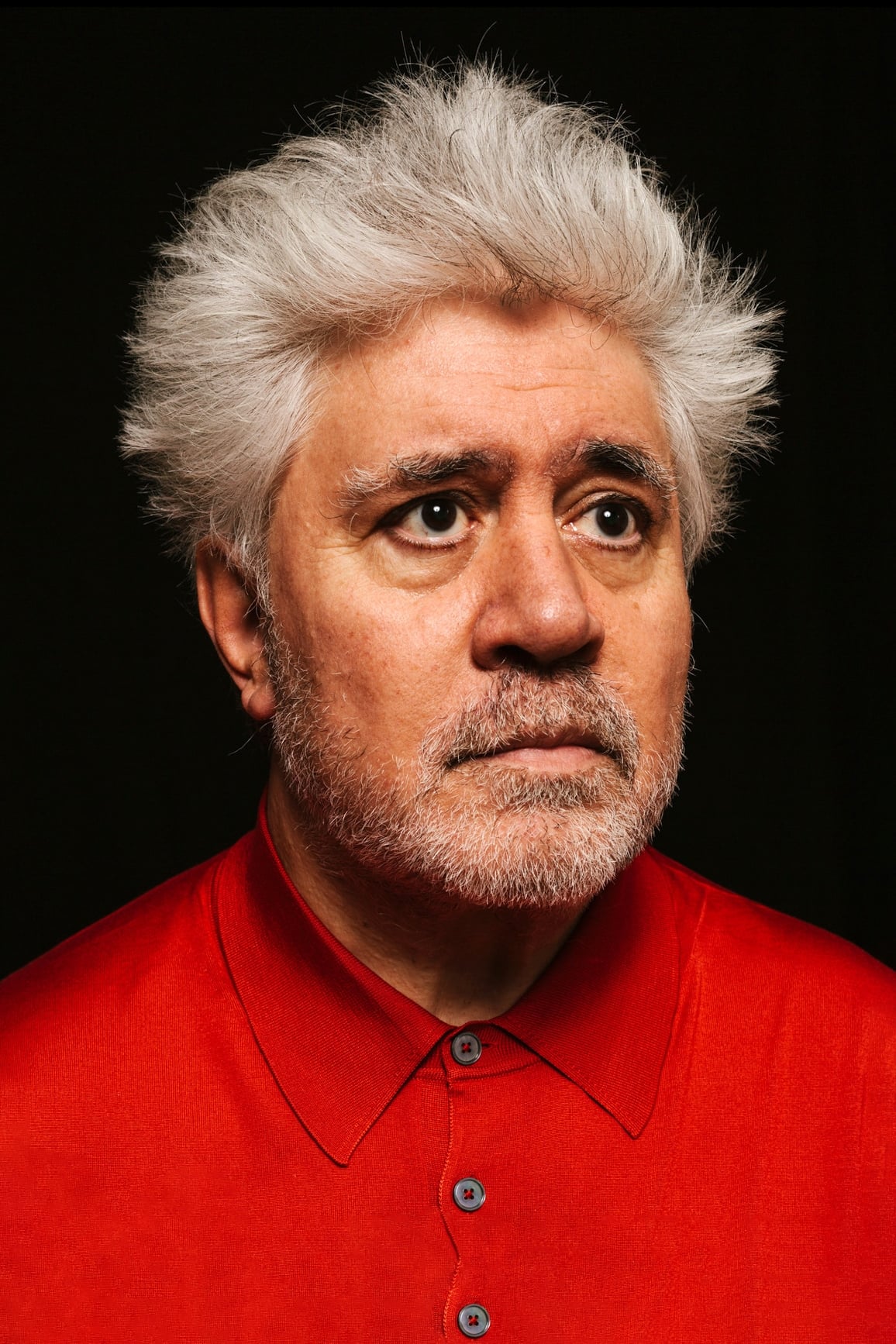 TMDb
TMDbAlmodóvar emerged from Spain’s post dictatorship cultural explosion and became one of the country’s most celebrated filmmakers. His films often center on desire, chosen family, and complicated parent child bonds, with recurring collaborators like Penélope Cruz and Antonio Banderas. Landmark titles include ‘Law of Desire’, ‘All About My Mother’, ‘Talk to Her’, and ‘Pain and Glory’, which brought international awards and sustained festival presence.
He founded the production company El Deseo with his brother to nurture Spanish and international projects. Almodóvar’s work has influenced global perceptions of Spanish cinema and created opportunities for Spanish speaking talent across markets. Archival restorations and retrospectives of his films regularly tour museums and cinematheques.
Todd Haynes
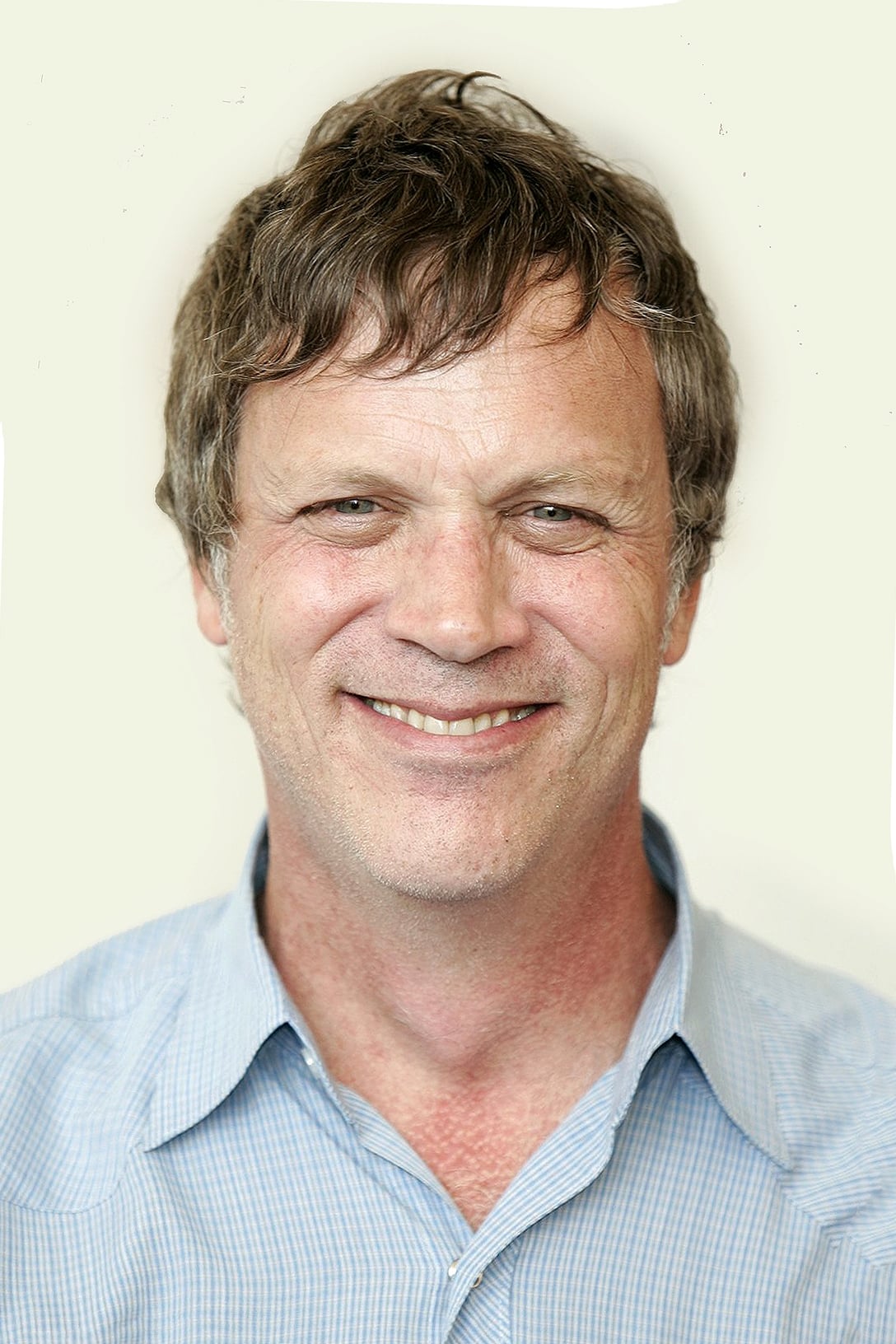 TMDb
TMDbHaynes helped define the New Queer Cinema wave with early work like ‘Poison’ and ‘Safe’. He later reached wider audiences with ‘Far from Heaven’, ‘Carol’, and ‘May December’, while maintaining a precise formal style tied to film history and melodrama traditions. His projects often involve meticulous research and partnerships with cinematographers and designers.
Haynes has also worked in music centered storytelling with ‘Velvet Goldmine’ and the documentary ‘The Velvet Underground’. His films regularly premiere at major festivals and receive Academy and guild nominations, which helped elevate LGBTQ+ narratives within prestige filmmaking. He teaches and mentors, further extending his impact.
Gus Van Sant
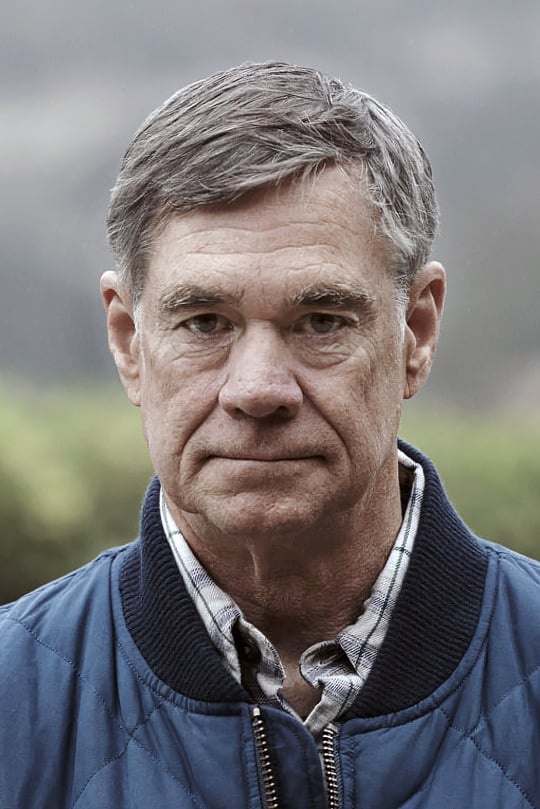 TMDb
TMDbVan Sant moved between independent projects and studio films while keeping a consistent interest in youth, alienation, and the American West. Early features like ‘Mala Noche’, ‘Drugstore Cowboy’, and ‘My Own Private Idaho’ established him as a key voice. He later directed ‘Good Will Hunting’ and ‘Milk’, the latter chronicling the political life of Harvey Milk.
His experimental period produced ‘Gerry’, ‘Elephant’, and ‘Last Days’, which explored time and minimal dialogue. Van Sant’s career demonstrates how queer perspectives can thrive within both art house circuits and mainstream distribution. Several of his actors earned breakthrough roles that led to sustained careers.
Lana Wachowski
 TMDb
TMDbLana Wachowski co created large scale science fiction that combined philosophical themes with innovative visual effects. ‘The Matrix’ changed action cinema and visual language for digital filmmaking, and ‘The Matrix Resurrections’ revisited the series with a meta narrative approach. She also co created the global television project ‘Sense8’, notable for its international production model and LGBTQ+ ensemble.
Wachowski has spoken publicly about trans representation in media and the importance of creative autonomy. Her projects often leverage new technology and cross border crews, leading to knowledge transfer across departments and regions. The franchises she built continue to influence video games, animation, and visual effects pipelines.
Lilly Wachowski
 TMDb
TMDbLilly Wachowski shares authorship of ‘The Matrix’ series, ‘Bound’, ‘Cloud Atlas’, and ‘Jupiter Ascending’. The duo’s early film ‘Bound’ became a reference point for neo noir storytelling with a queer lens. Their television work on ‘Sense8’ advanced on location production across multiple countries for a single season.
Lilly has discussed the impact of industry structures on trans creators and has supported screenwriters and crew through workshops and talks. Her work demonstrates how large narrative canvases can integrate LGBTQ+ character arcs without sidelining them. The technical standards set on her projects continue to shape action design and world building.
James Ivory
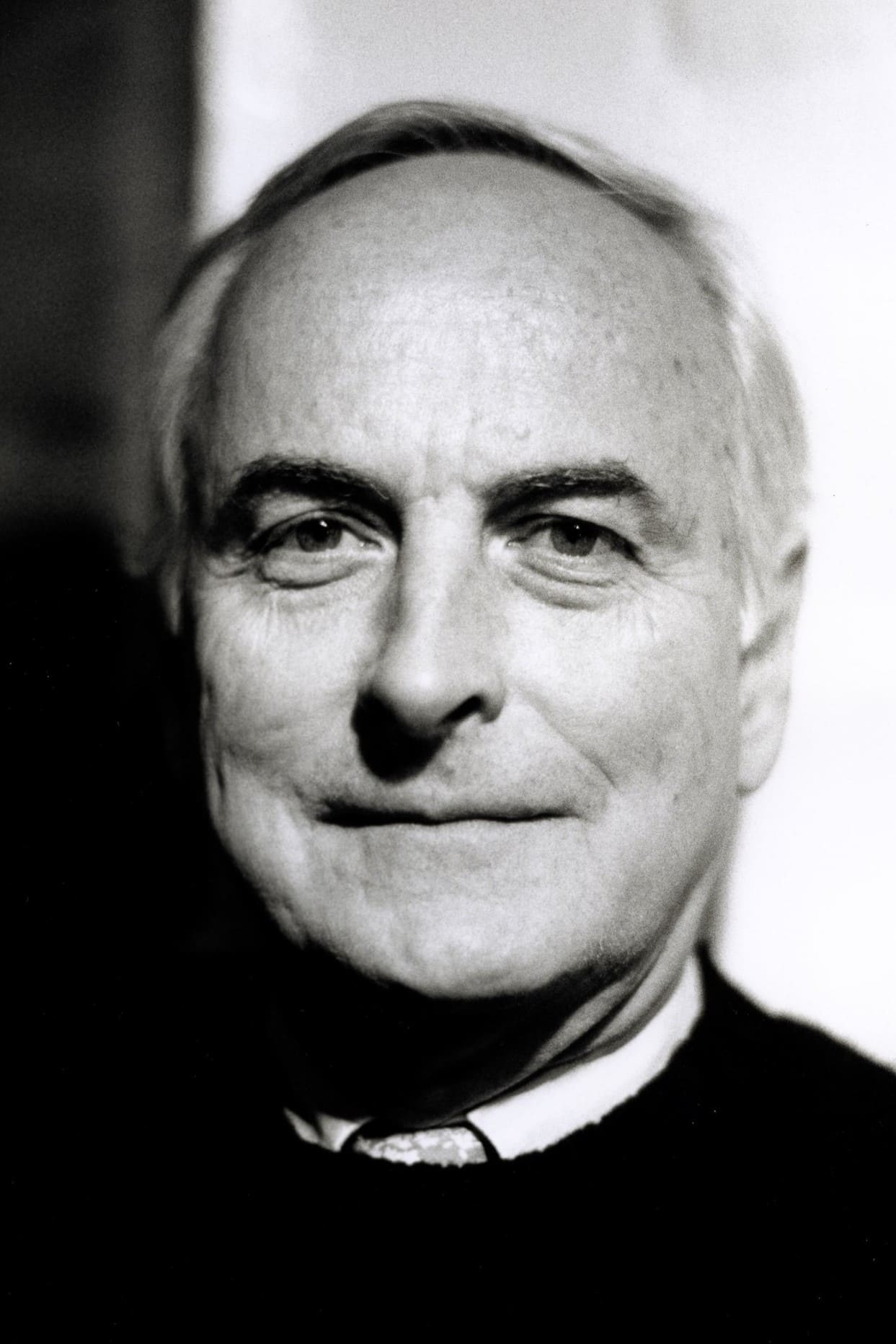 TMDb
TMDbIvory co founded Merchant Ivory Productions with producer Ismail Merchant and writer Ruth Prawer Jhabvala. Together they created period dramas like ‘Maurice’, ‘A Room with a View’, and ‘Howards End’, known for literary adaptations and careful production design. ‘Maurice’ provided a landmark portrayal of same sex love in a prestige context.
Later in life Ivory wrote the screenplay for ‘Call Me by Your Name’, earning major awards for screenwriting. His career shows a sustained commitment to adaptation craft, location work, and casting that foregrounds emotional nuance. Archives of his films are widely studied in university courses on adaptation and production.
John Waters
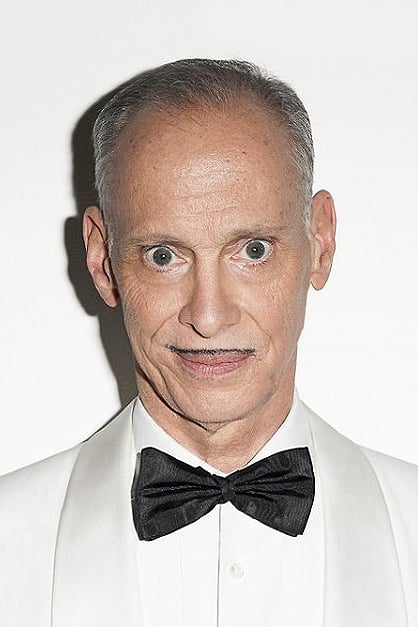 TMDb
TMDbWaters built a distinct underground cinema in Baltimore with recurring collaborators known as the Dreamlanders. Films like ‘Pink Flamingos’ and ‘Female Trouble’ became cult staples, while ‘Hairspray’ transitioned to mainstream success and later inspired a Broadway musical and a studio film remake. His productions used modest budgets and practical ingenuity.
Waters’s influence extends to midnight movie culture, independent exhibition, and the crossover of camp aesthetics into popular television and music videos. Museums and festivals host retrospectives of his work that emphasize do it yourself production practices. He continues to publish books and stage shows that feed back into film culture.
Luca Guadagnino
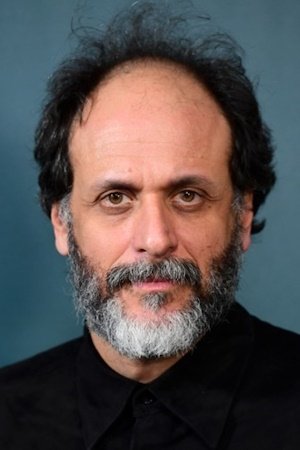 TMDb
TMDbGuadagnino’s filmography spans intimate dramas and genre experiments. ‘I Am Love’, ‘A Bigger Splash’, and ‘Call Me by Your Name’ brought sustained international attention, followed by ‘Suspiria’ and ‘Bones and All’. He often works with a trusted team for music, costume, and production design, creating a recognizable sensory approach.
His projects strengthen European co production networks, with funding and crews moving among Italy, France, and the United States. Guadagnino also produces for other directors through his company, helping first time filmmakers reach festivals. His casting choices frequently yield breakout roles for young actors.
Céline Sciamma
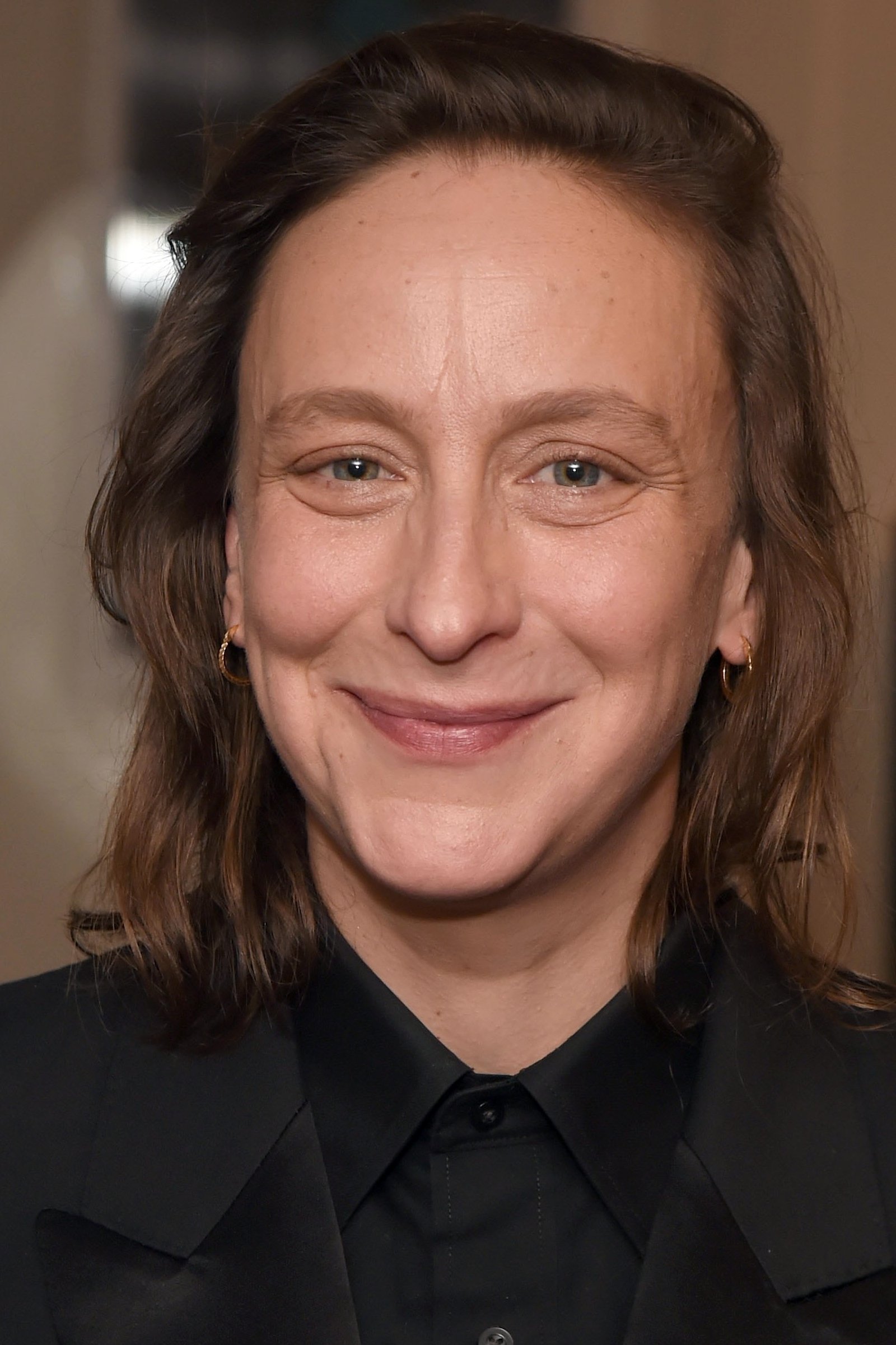 TMDb
TMDbSciamma’s films center on identity, adolescence, and community. ‘Water Lilies’, ‘Tomboy’, and ‘Girlhood’ explored formative experiences with a documentary like attention to everyday detail. ‘Portrait of a Lady on Fire’ expanded her international profile and drew attention to women’s authorship in historical narratives.
She collaborates closely with cinematographers and composers to shape quiet, character driven scenes. Sciamma also writes for animation, including ‘My Life as a Zucchini’, which broadened her reach to younger audiences. Her work supports initiatives for gender equality in European film institutions.
Dee Rees
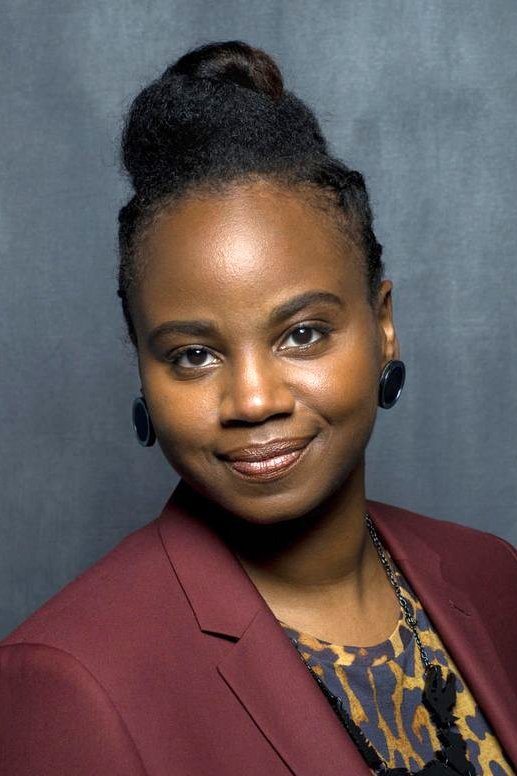 TMDb
TMDbRees gained recognition with ‘Pariah’, a feature that grew from her earlier short. She followed with ‘Bessie’ for television and ‘Mudbound’, which received multiple Academy nominations and highlighted the role of streaming platforms in awards races. Her films focus on families, class, and the intersection of race and sexuality.
Rees mentors emerging filmmakers through labs and residencies and has directed episodes for major television series. She works across film and TV while keeping authorship over scripts and post production decisions. Her projects provide case studies in festival to streaming trajectories for independent features.
Xavier Dolan
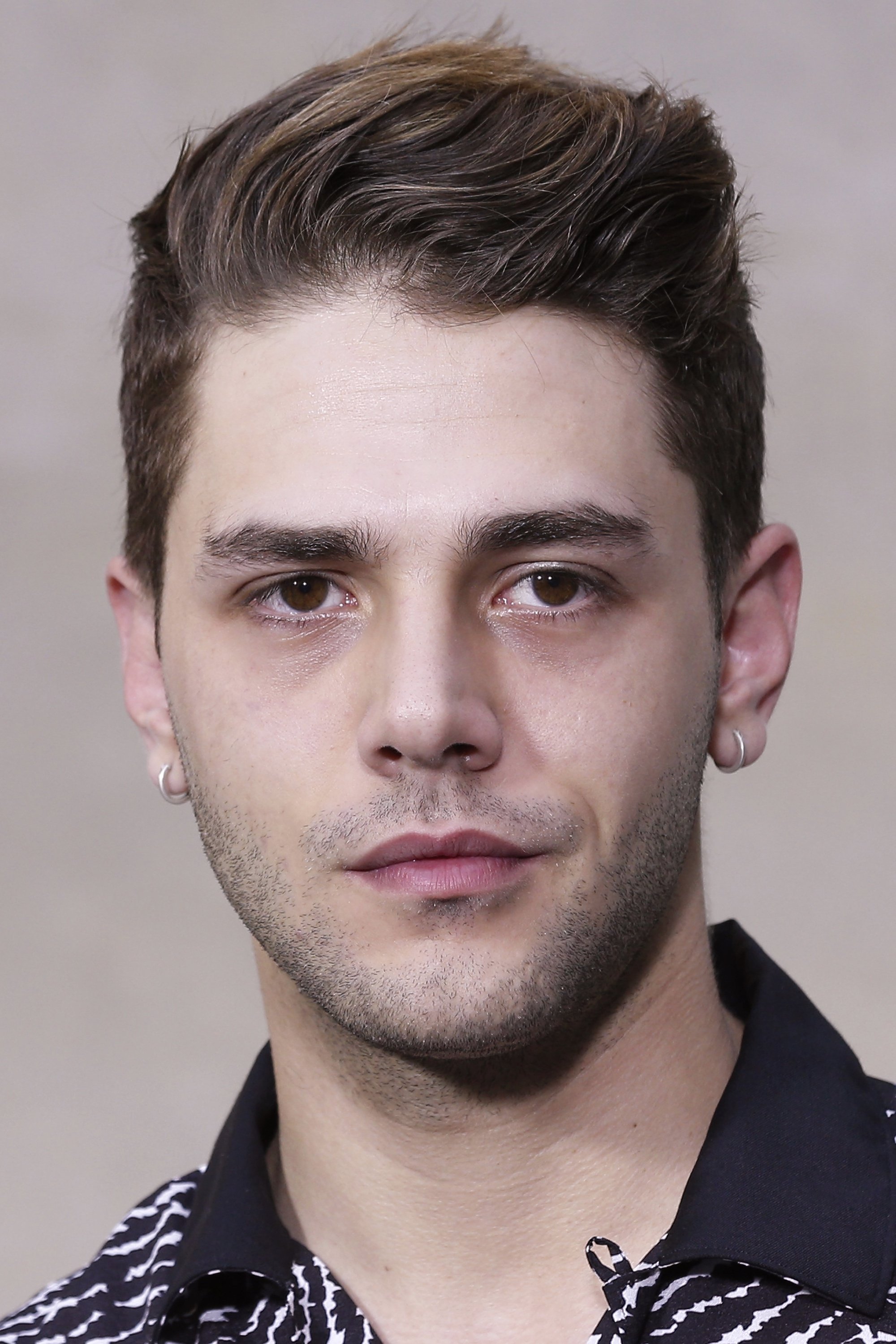 TMDb
TMDbDolan began directing features in his early twenties with ‘I Killed My Mother’, followed by ‘Heartbeats’, ‘Mommy’, and ‘It’s Only the End of the World’. His films compete at Cannes and other top festivals and often feature recurring actors and intensive editing rhythms. He also directs music videos that reach mainstream audiences.
Dolan has transitioned between French and English language projects, navigating distribution across Quebec, France, and international markets. He has acted in his own films and others, which informs his rehearsal and performance methods. Restorations and curated seasons of his work are frequent in francophone cinemas.
Rainer Werner Fassbinder
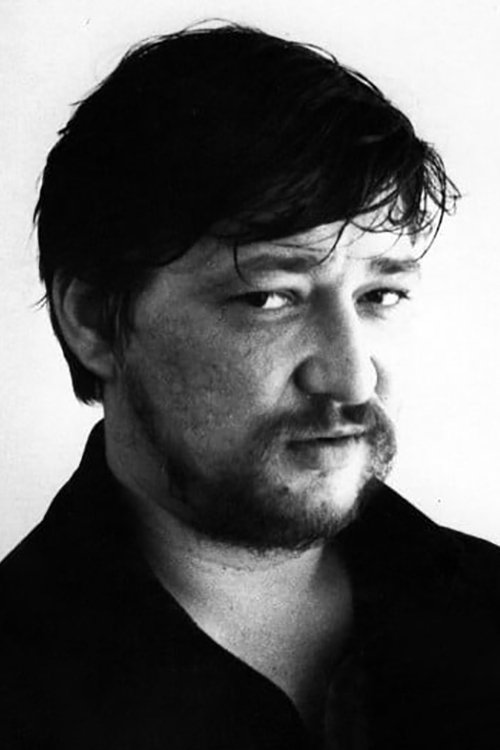 TMDb
TMDbFassbinder was a central figure in the New German Cinema movement. He directed a large number of films and television works in a short span, including ‘The Bitter Tears of Petra von Kant’, ‘Fox and His Friends’, ‘Ali Fear Eats the Soul’, and the series ‘Berlin Alexanderplatz’. His crews often came from an associated theater group, which gave the films a consistent style.
His approach to production emphasized rapid schedules and repertory casting that kept costs manageable. Fassbinder’s films are preserved and restored by German archives and widely taught in film programs. They influenced later directors in Europe and the United States who studied his methods of staging and narrative economy.
Derek Jarman
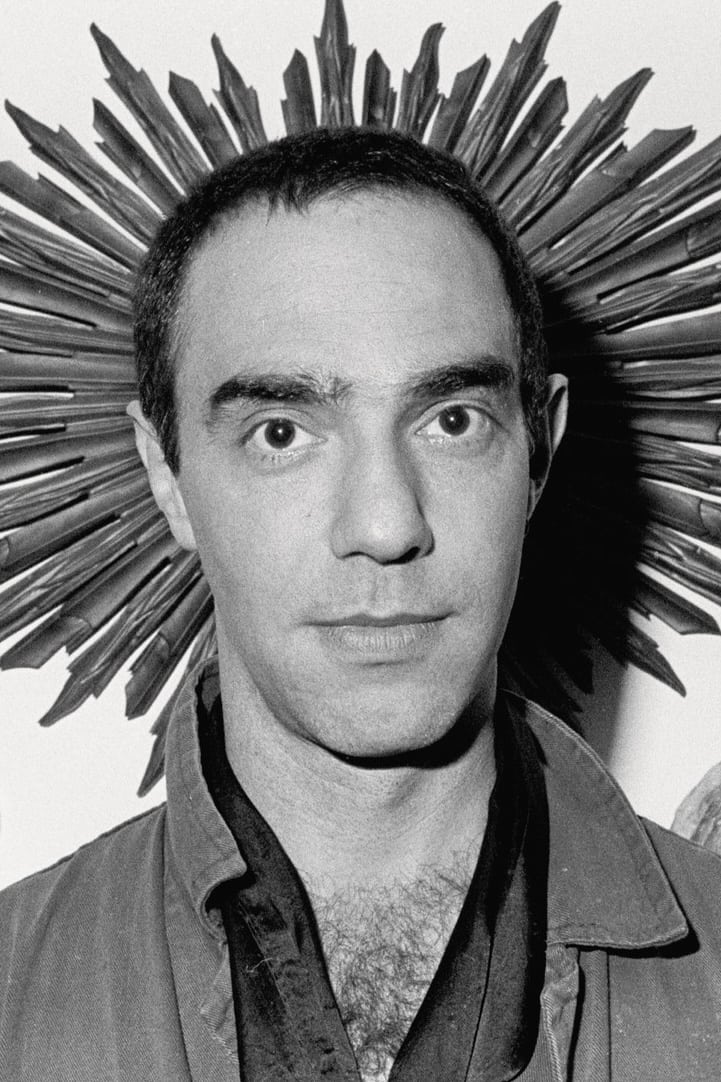 TMDb
TMDbJarman moved from production design on ‘The Devils’ to independent features like ‘Sebastiane’, ‘Jubilee’, ‘Caravaggio’, and ‘Blue’. He combined filmmaking with painting and activism, using Super 8 and 16 millimeter formats alongside gallery installations. ‘Blue’ presented a single field of color with a soundscape that chronicled illness and memory.
He documented the AIDS crisis and contributed to public awareness through films, writings, and interviews. His coastal garden at Prospect Cottage is maintained as a cultural site, linking his visual art and environmental work. Archives of his diaries and notebooks are used by scholars studying queer art and film.
Terence Davies
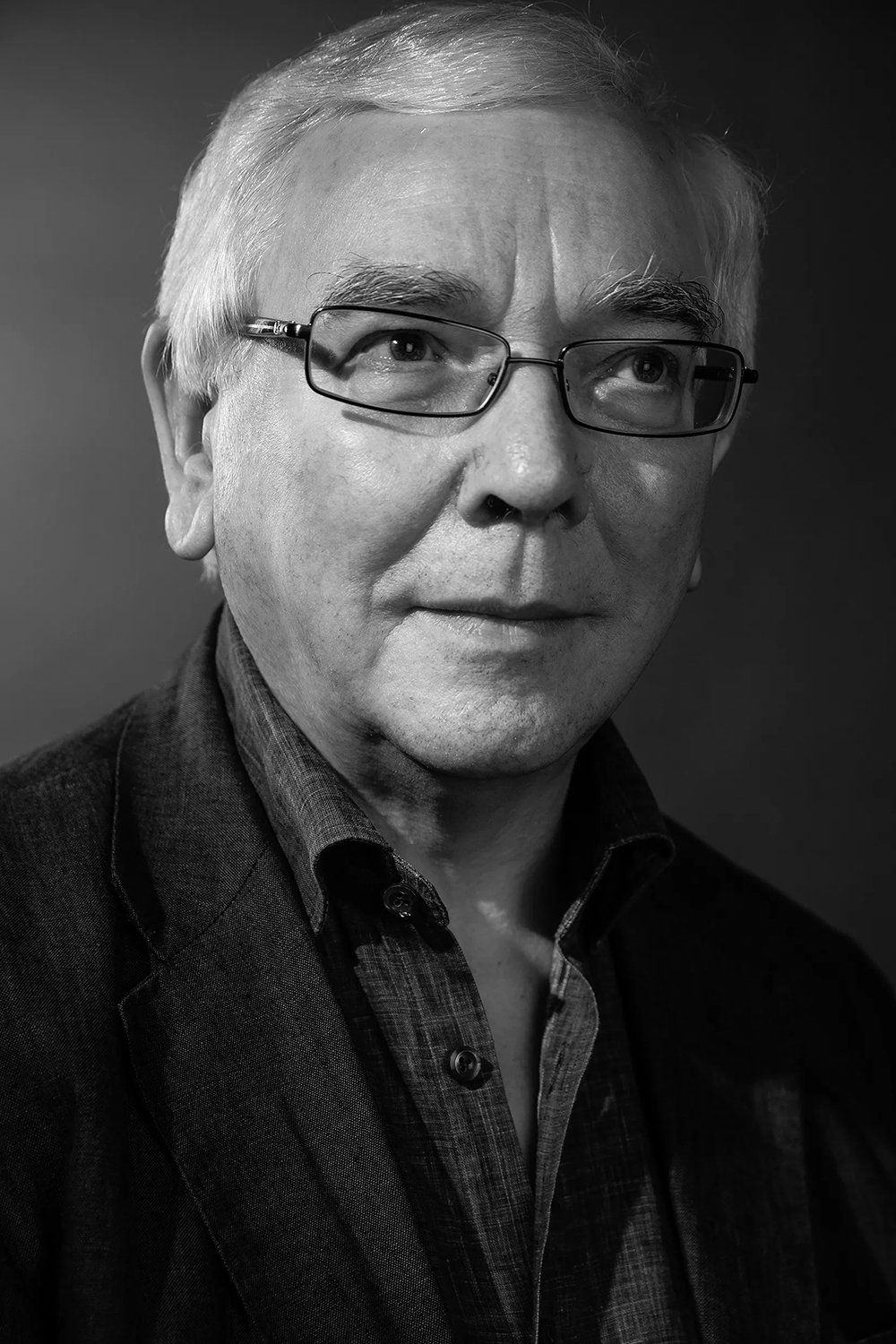 TMDb
TMDbDavies created a body of autobiographical and literary films known for precise composition and music. ‘Distant Voices Still Lives’ and ‘The Long Day Closes’ examined working class childhood, while later adaptations included ‘The House of Mirth’ and ‘Sunset Song’. He also made the documentary ‘Of Time and the City’ about Liverpool.
His films received restoration and revival screenings that brought new audiences to British art cinema. Davies worked with modest budgets and careful sound design, offering models for filmmakers seeking lyrical storytelling within independent constraints. His scripts are frequently taught for their structure and memory based narration.
Tsai Ming-liang
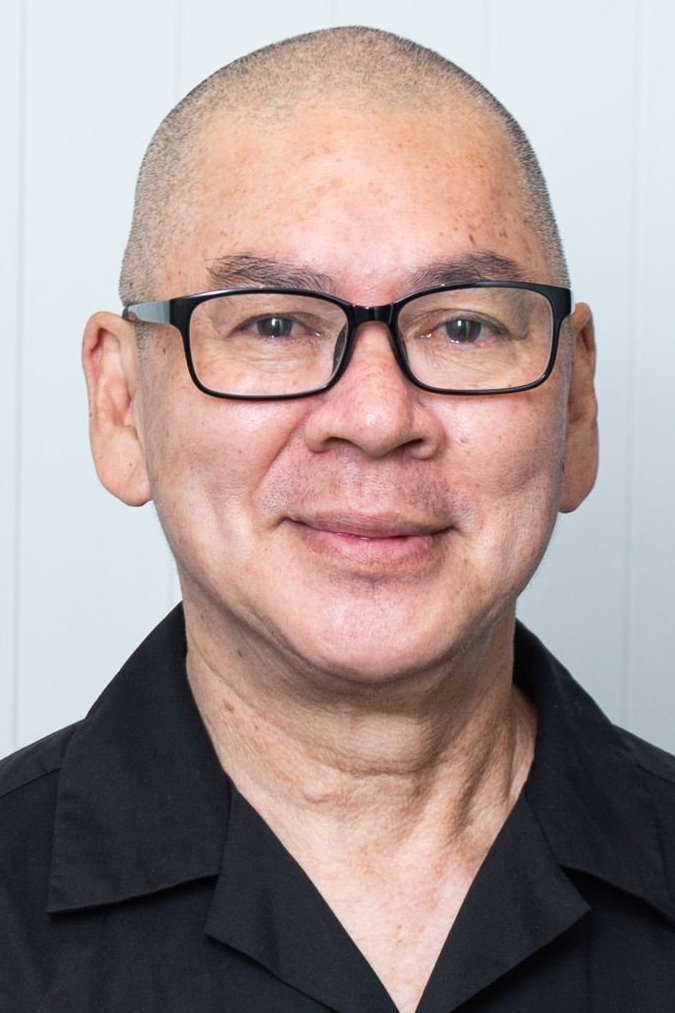 TMDb
TMDbTsai is a Taiwan based director known for long takes and minimal dialogue. Key works include ‘Vive L’Amour’, ‘The River’, ‘Goodbye, Dragon Inn’, ‘Stray Dogs’, and the ongoing ‘Walker’ shorts. He often collaborates with actor Lee Kang sheng, building a decades long creative partnership.
Tsai’s films tour festivals and museums, bridging cinema and installation art. He self distributes certain projects and engages directly with art spaces, which expands the venues where film can be experienced. His practice has influenced slow cinema aesthetics and cross border co production in Asia and Europe.
Pier Paolo Pasolini
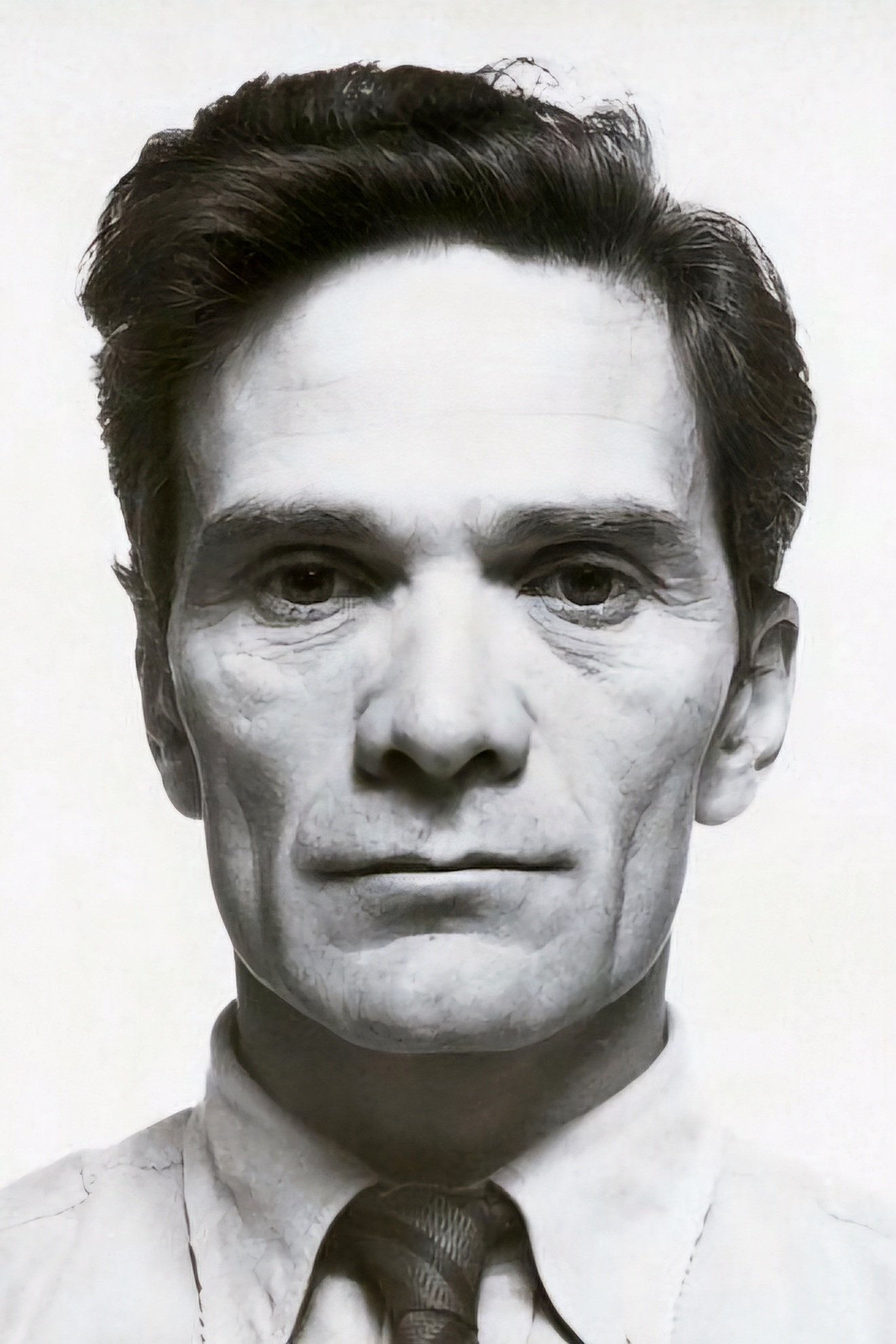 TMDb
TMDbPasolini moved from poetry and novels into film with titles like ‘Accattone’, ‘The Gospel According to St Matthew’, and the ‘Trilogy of Life’. His final film ‘Salò, or the 120 Days of Sodom’ remains a subject of censorship studies and debates on representation. He worked with nonprofessional actors and location shooting to ground his adaptations and original scripts.
His criticism and essays provide context for his films and are studied alongside them in university courses. Archives maintain his manuscripts and correspondence, supporting ongoing research into Italian cinema and politics. Retrospectives continue to draw large audiences to national film museums.
George Cukor
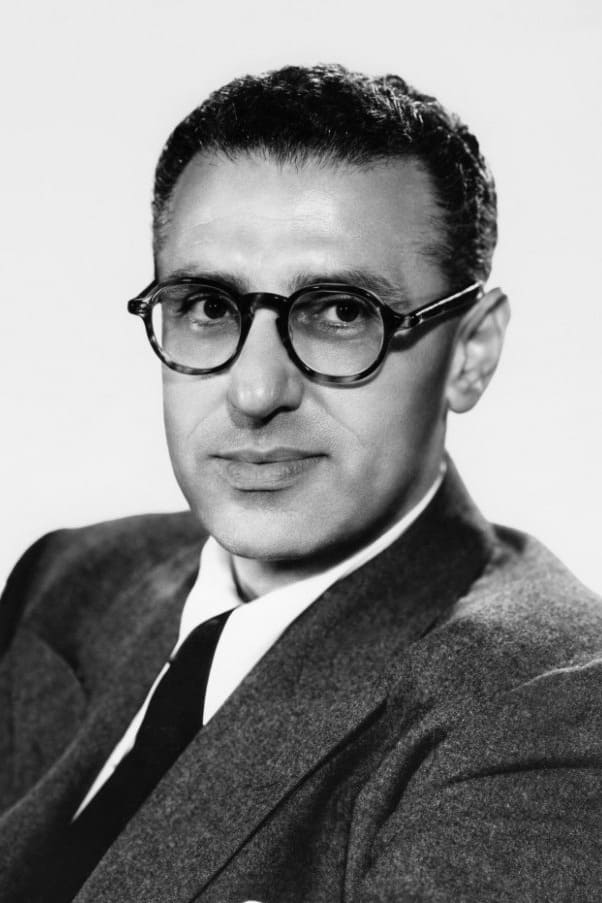 TMDb
TMDbCukor directed studio era classics such as ‘The Philadelphia Story’, ‘Holiday’, ‘Gaslight’, and ‘My Fair Lady’. He was known for literary adaptations and careful work with actors, which aligned with the prevailing studio system production methods. His films showcased collaboration with stars and craftspeople across costume, set design, and music.
Cukor’s career spanned multiple changes in Hollywood technology and distribution, from early sound to large format musicals. His films are preserved in studio and national archives and appear regularly in repertory programming. Many of his titles are used in acting and directing classes to study performance centered filmmaking.
Dorothy Arzner
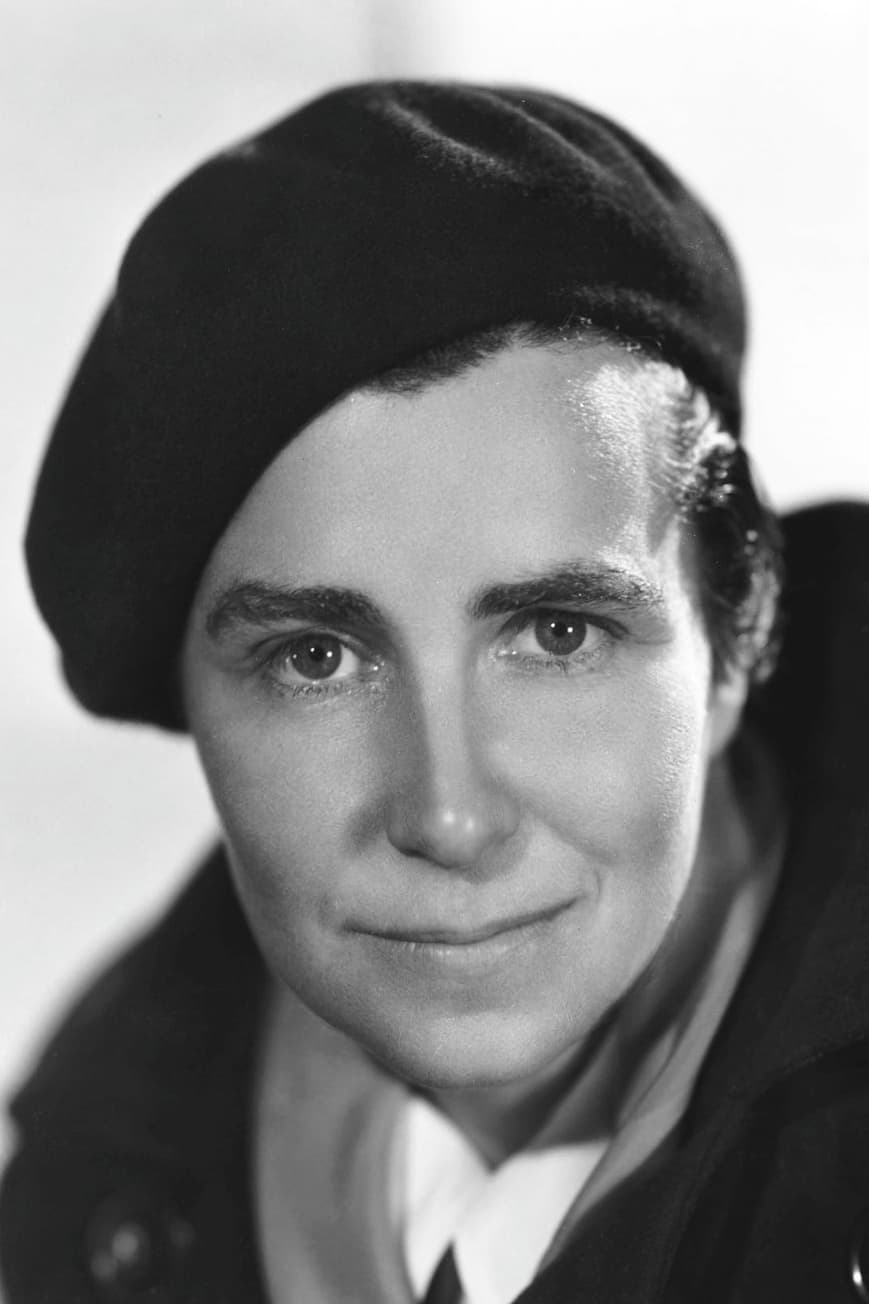 TMDb
TMDbArzner was one of the few women to direct studio features in early Hollywood. Her filmography includes ‘Christopher Strong’, ‘Dance, Girl, Dance’, and ‘Working Girls’. She is credited with adopting a proto boom microphone setup on set, which improved actor movement during early sound production.
Arzner taught at UCLA and influenced a generation of filmmakers who studied her approach to performance and collaboration. Restorations of her films have appeared at major archives and festivals, increasing access for researchers and audiences. Her career provides crucial context for women’s labor and leadership in film history.
James Whale
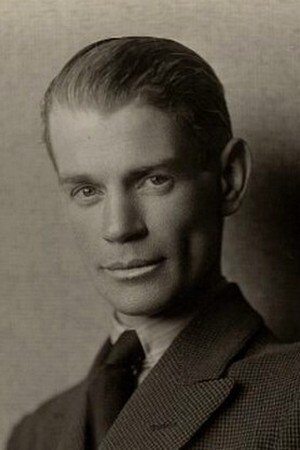 TMDb
TMDbWhale directed ‘Frankenstein’, ‘The Old Dark House’, ‘The Invisible Man’, and ‘Bride of Frankenstein’, defining a cycle of studio horror. He worked closely with production designers and visual effects teams to create atmosphere and scale within soundstage environments. His films shaped genre iconography that continues in contemporary horror.
Whale’s career is documented through studio records and biographies that trace his theater background and move to film. Revival screenings often pair his titles with talks on queer coding and classic horror. His work remains central in courses on genre and Hollywood history.
Gregg Araki
 TMDb
TMDbAraki emerged from the American independent scene with the ‘Teen Apocalypse Trilogy’ of ‘Totally F***ed Up’, ‘The Doom Generation’, and ‘Nowhere’. He later directed ‘Mysterious Skin’ and the series ‘Now Apocalypse’. His films featured punk and club culture, nonlinear storytelling, and a focus on youth experience.
Araki’s collaborations with musicians and fashion informed the look and sound of his work, which influenced later film and television about queer youth. He has directed episodes for network and streaming platforms, transferring his visual language to serial formats. Festival retrospectives have helped reintroduce his early films to new viewers.
Cheryl Dunye
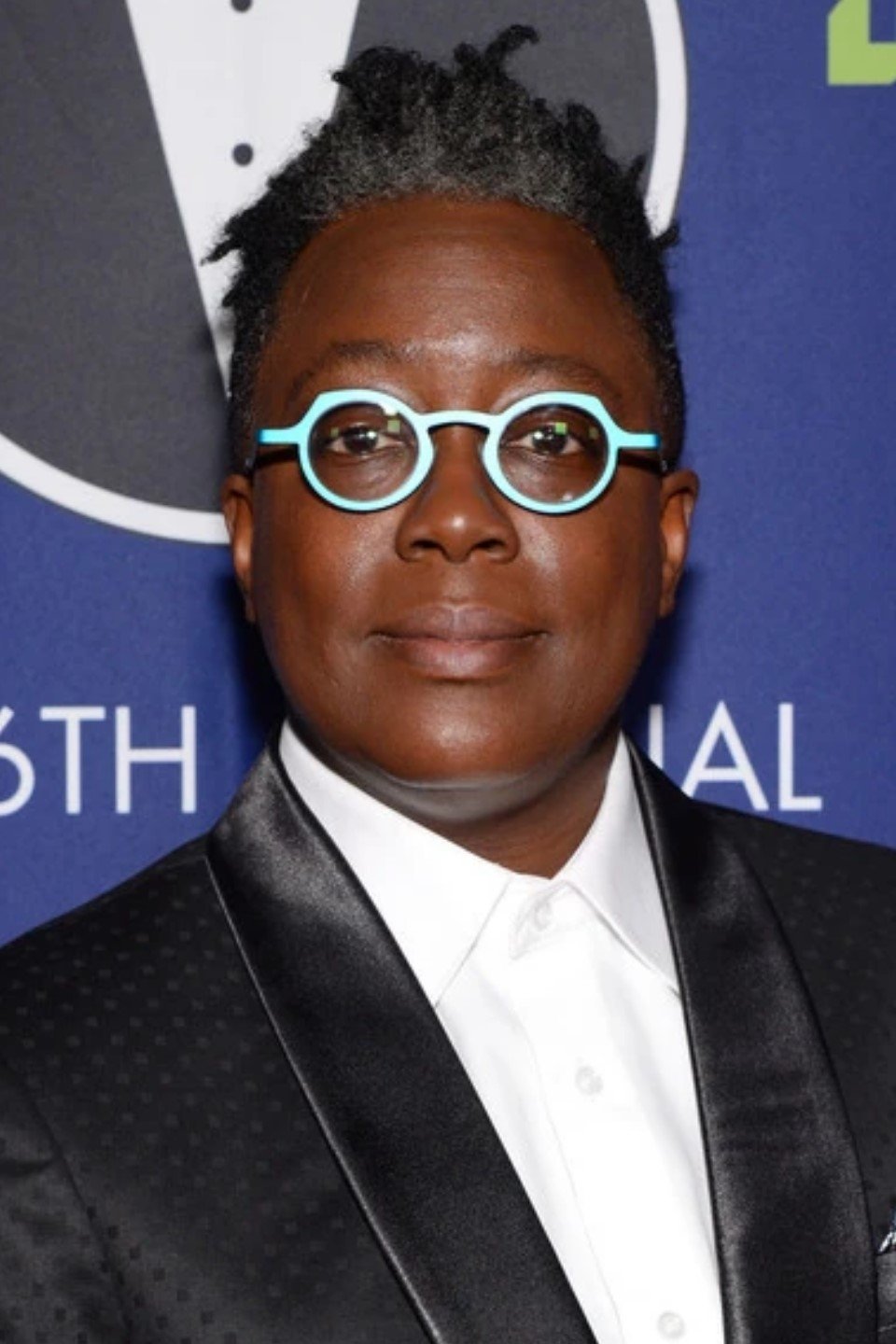 TMDb
TMDbDunye’s ‘The Watermelon Woman’ is recognized as the first feature directed by an out Black lesbian filmmaker, blending narrative and documentary strategies. Her early shorts and features examined archives, identity, and community spaces, often using direct address to the camera. She later directed television episodes for shows that expanded representation behind the camera.
Dunye’s teaching and program curation supported emerging filmmakers through labs and grants. Restorations of her early work increased availability for classrooms and streaming. Her career illustrates how independent cinema can reshape historical narratives through inventive form.
Bruce LaBruce
 TMDb
TMDbLaBruce built a transgressive art film practice that intersects with photography, zines, and performance. Films like ‘Hustler White’, ‘Gerontophilia’, and ‘Saint Narcisse’ explore subcultures and challenge censorship norms. He has exhibited in galleries and museums alongside festival screenings.
His work connects queer punk movements with contemporary film discourse, creating pathways for artists working across media. LaBruce’s essays and interviews are widely cited in studies of sexuality and cinema. Independent distributors have kept his films in circulation for specialized audiences and academic use.
Apichatpong Weerasethakul
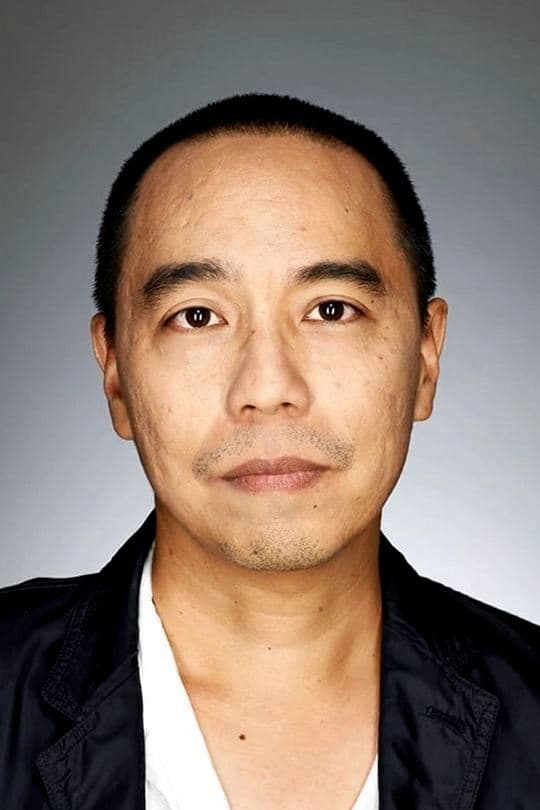 TMDb
TMDbWeerasethakul is a Thai director whose films include ‘Tropical Malady’, ‘Syndromes and a Century’, ‘Uncle Boonmee Who Can Recall His Past Lives’, and ‘Memoria’. He often mixes folklore, memory, and landscape, using nonprofessional performers and long takes. His installations extend these themes into gallery spaces.
His work has received top festival honors and is supported by international co production grants and museums. Weerasethakul collaborates with sound and visual artists to create site specific pieces that travel beyond traditional cinemas. Film schools study his scripts and production methods for hybrid storytelling.
Share your favorite LGBTQ+ directors in the comments and tell us which films readers should add to their watchlists.

.jpeg)
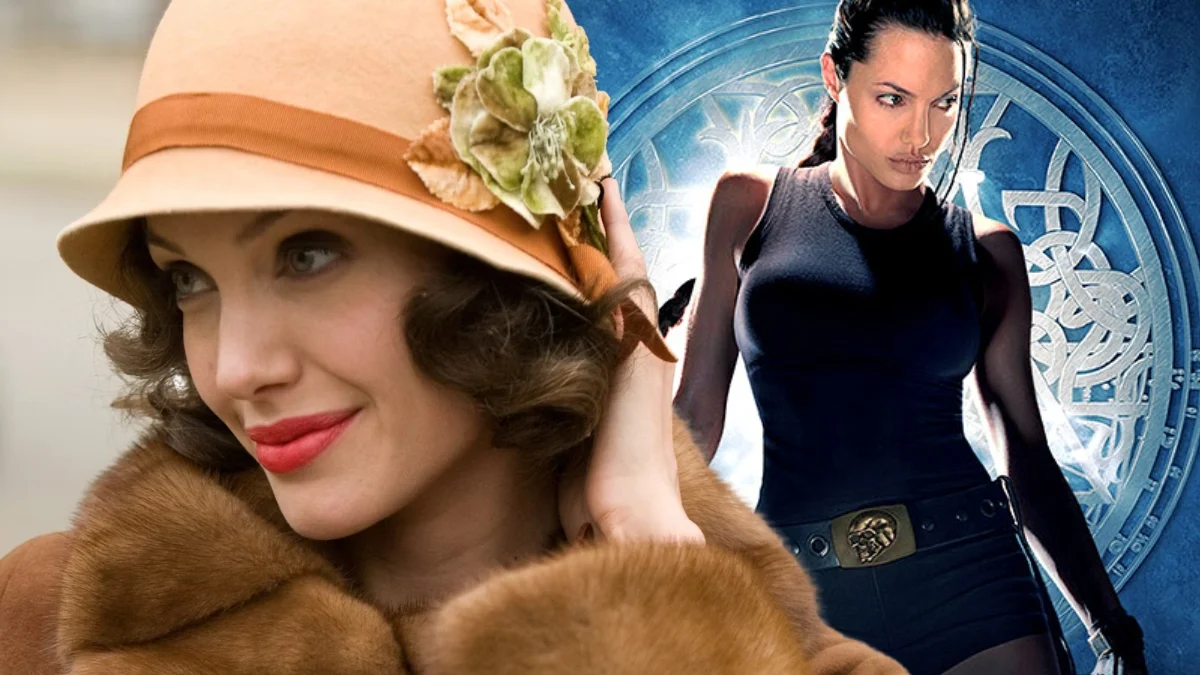
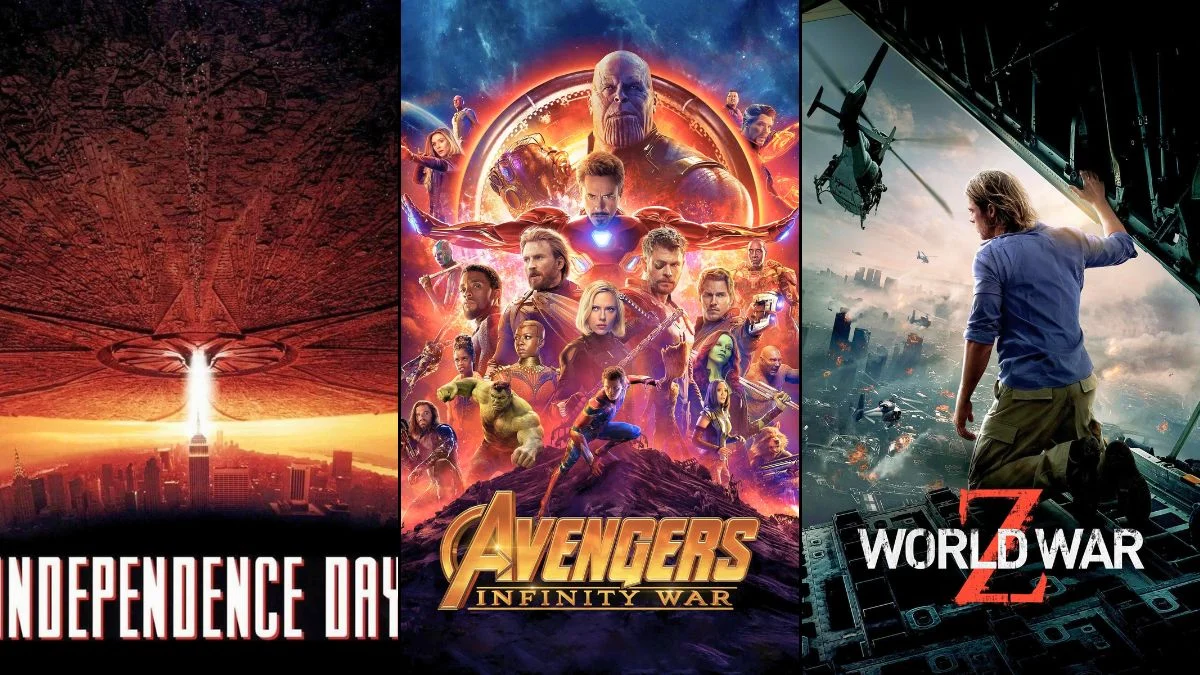



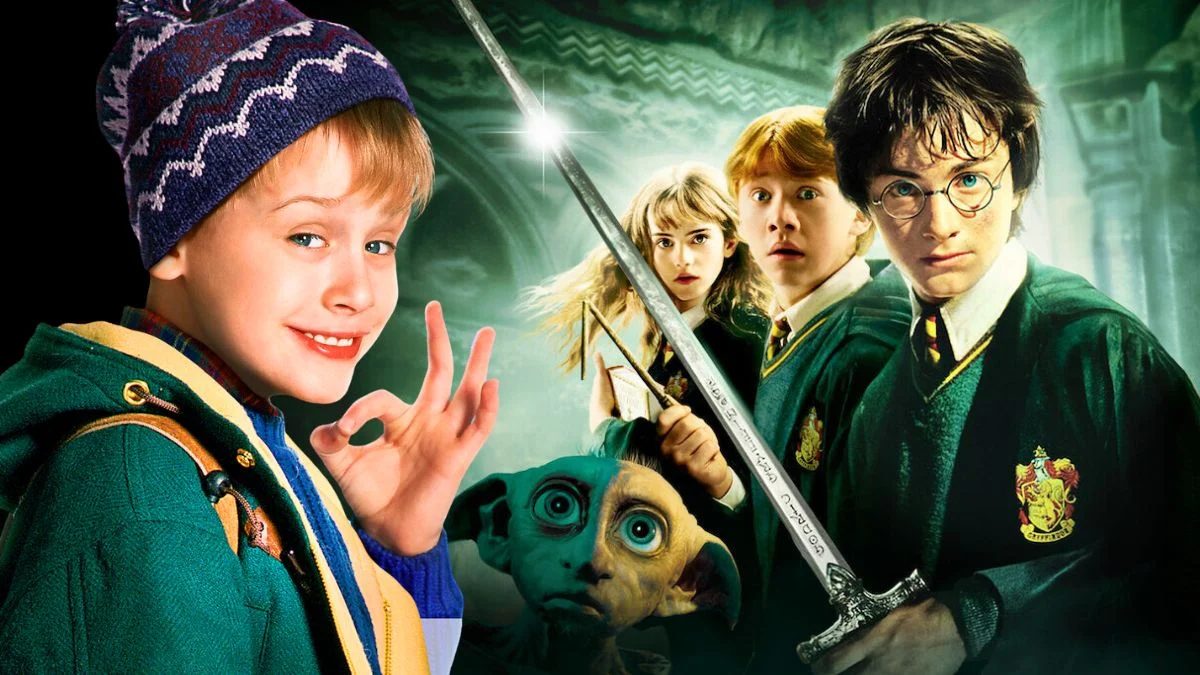
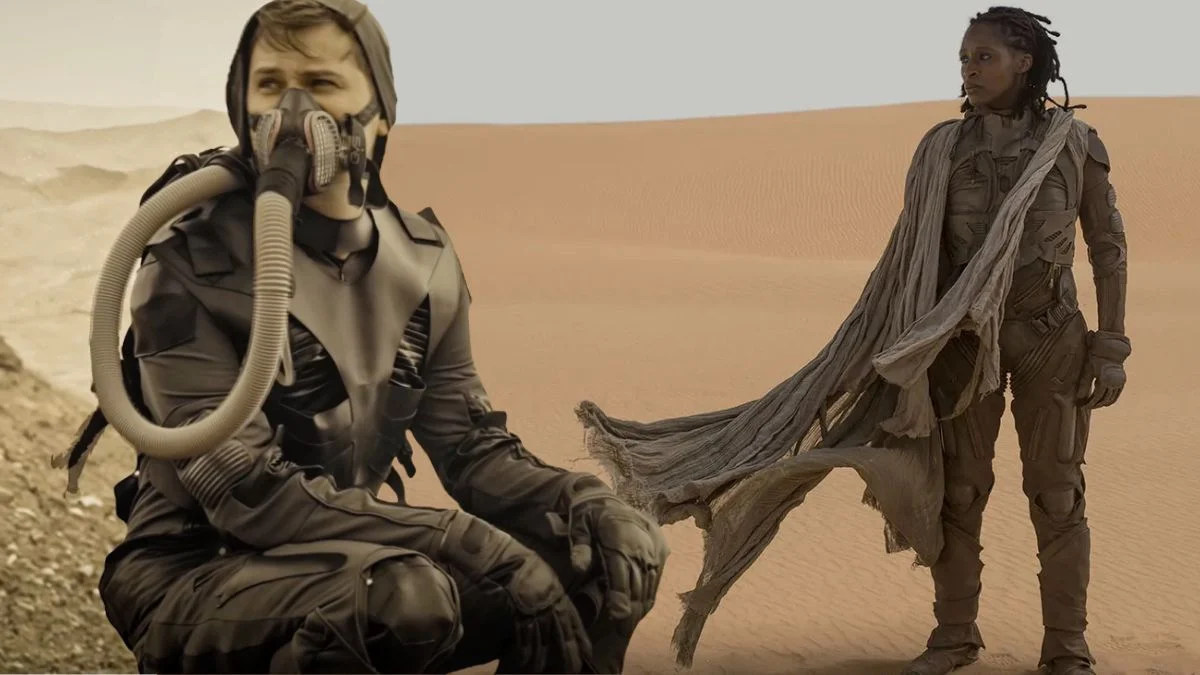

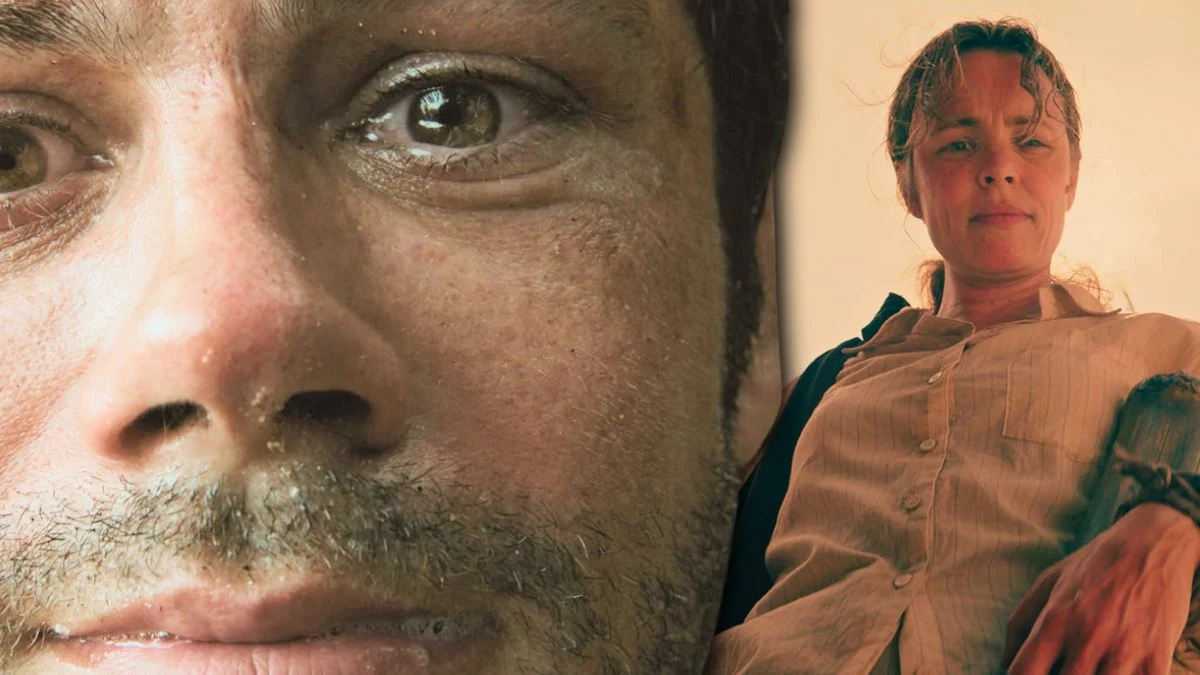

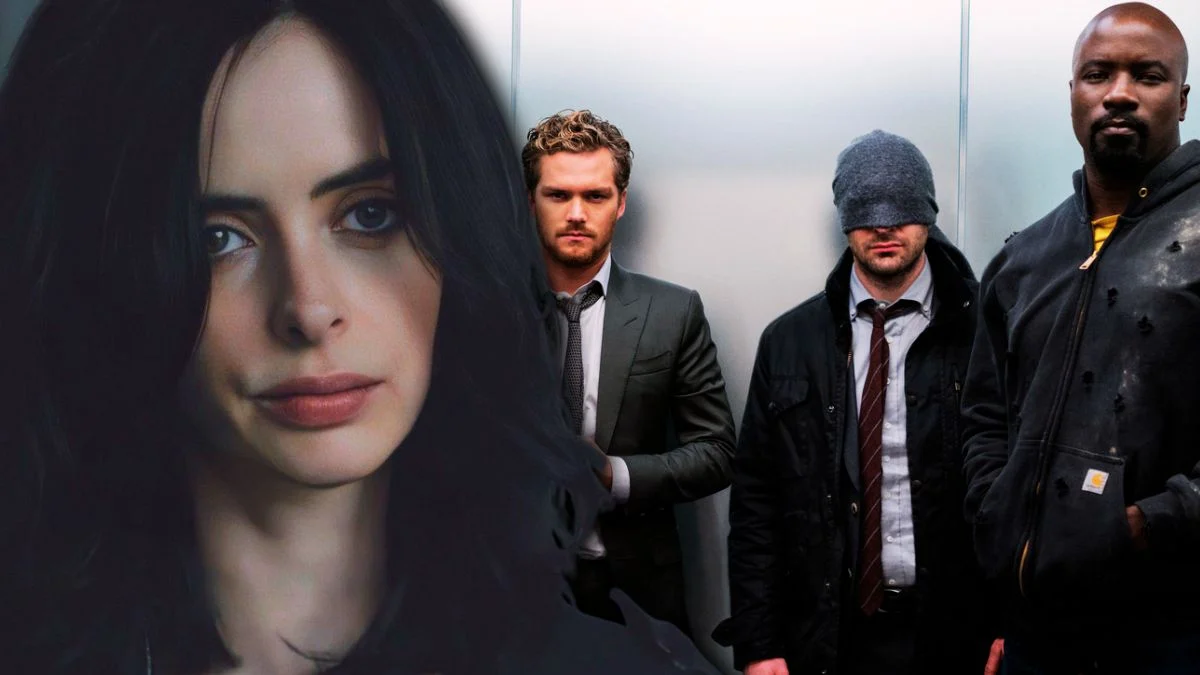

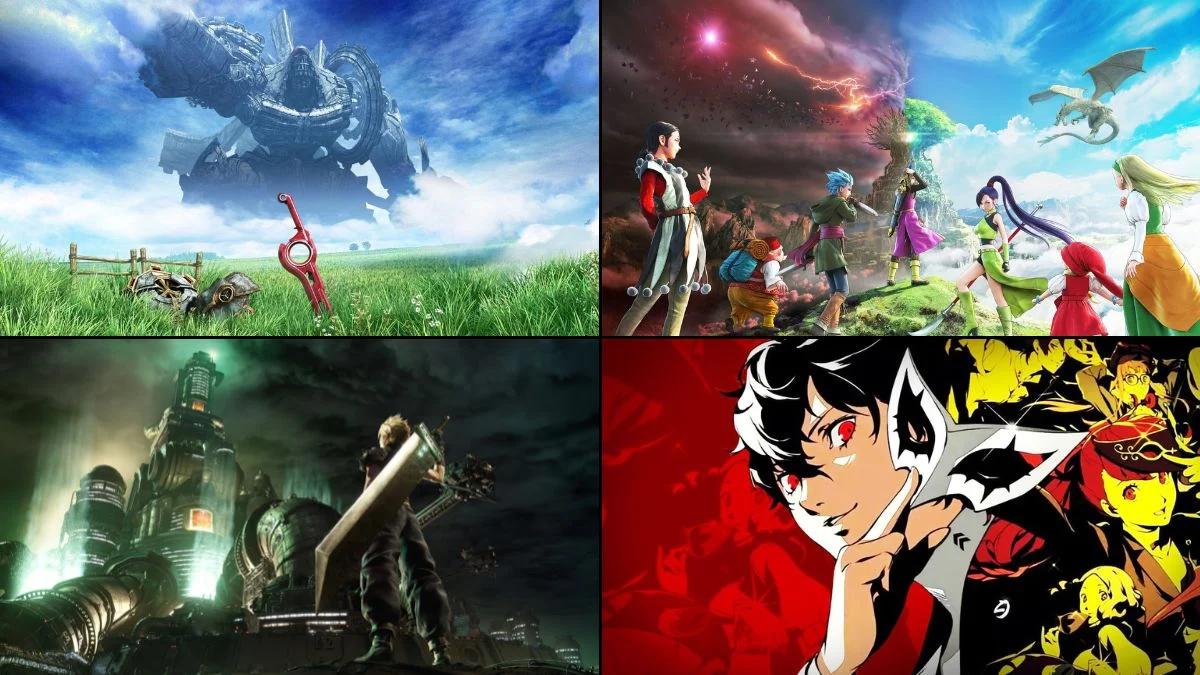



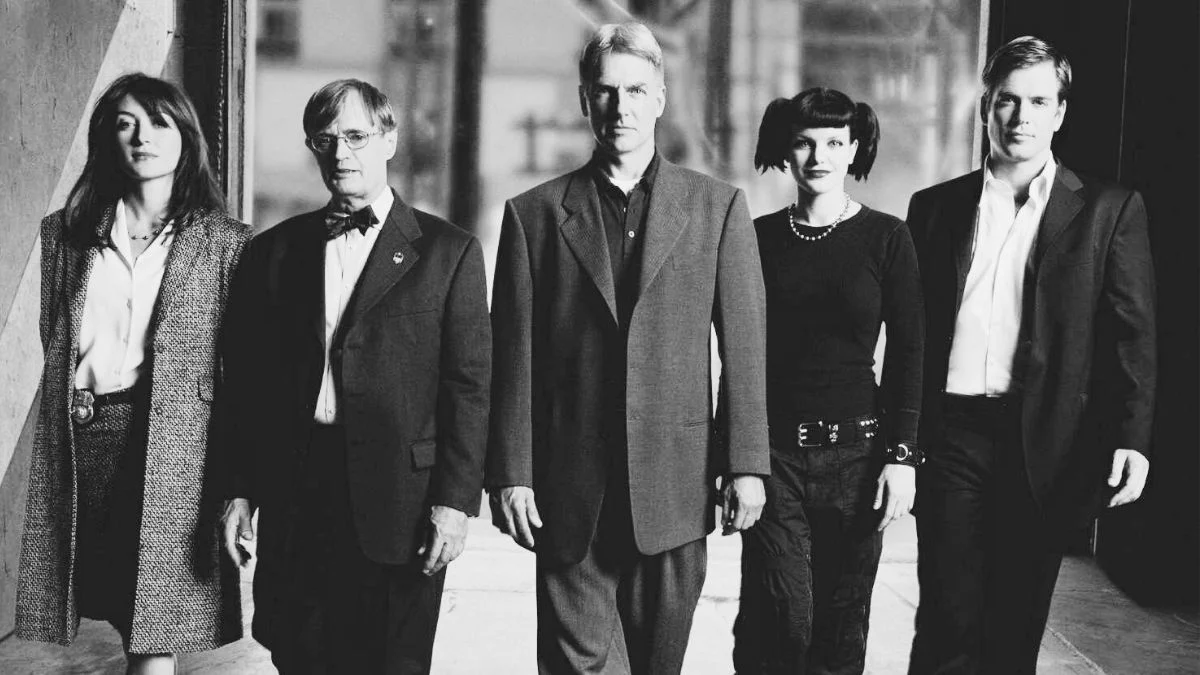
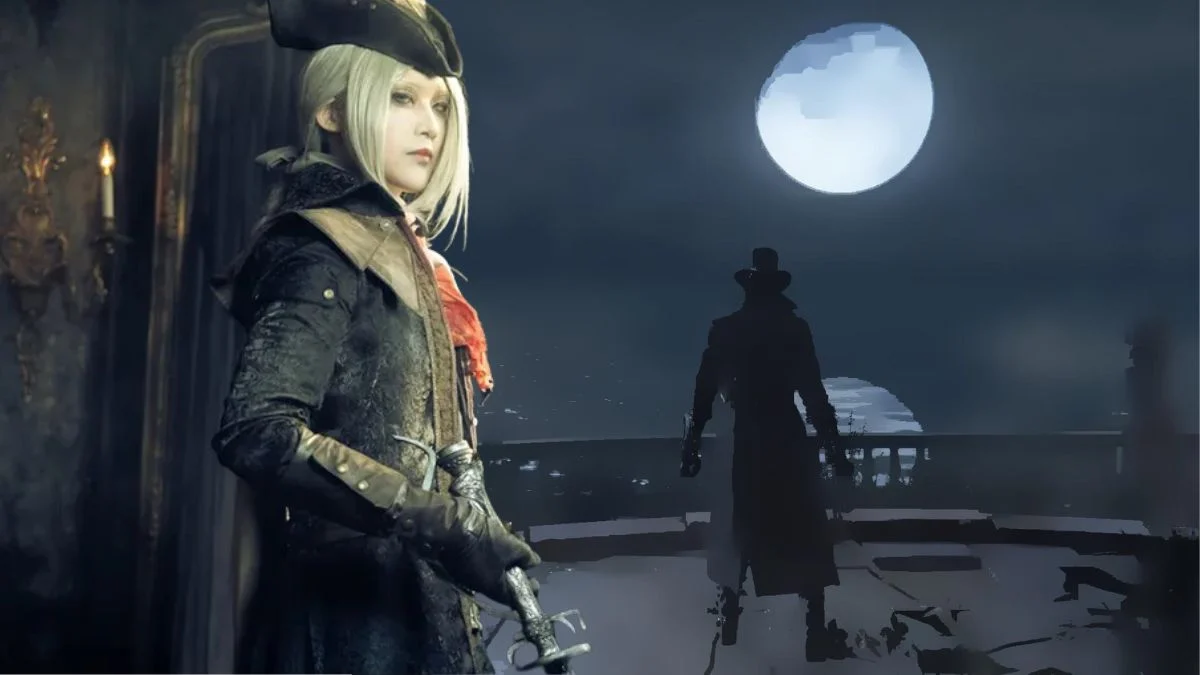




.jpeg)













 English (US) ·
English (US) ·